Seasonic’s new 12V-2×6 cables come with two new features that make them technically superior to their predecessors (with 12VHPWR connectors). There are more of those changes, but the protections against insufficient insertion and increased temperatures are among the most significant things that change across generations of 16-pin connectors. Seasonic’s (12V-2×6) cables are available in three variants. Read more “Seasonic 12V-2×6 cables: Only graphics card support not enough”
Author: Ľubomír Samák
Now in black… Noctua’s shortest high-performance cooler
For users who don’t sympathize with Noctua’s traditional brown and beige color scheme, the NH-D12L cooler is now out in chromax.black. The cooler differs from most competing models by its lower profile (while still having plenty of fins). And the NH-D12L chromax.black is also one of the few dual-tower CPU coolers which never collide with memory modules on the motherboard when oriented vertically. Read more “Now in black… Noctua’s shortest high-performance cooler”
Lower price high-end. DeepCool releases the Assassin 4S cooler
Minus one fan makes the Assassin 4S 20 EUR cheaper than the Assassin IV it’s based on. The heatsink seems to be the same, and the only difference is the number of fans – one instead of two. The cooling performance will most certainly be lower, but we expect that its drop won’t be as significant as the amount of money that you can save with this cheaper model. In addition, there’s also wider compatibility. Read more “Lower price high-end. DeepCool releases the Assassin 4S cooler”
Only 122 mm. Enermax shortened its ATX PSUs (Revolution D.F. 12)
Enermax has new ATX PSUs with a length that is smaller than the SFX-L format. This makes them the smallest ATX PSUs currently available. The fan used is a bit smaller than usual, but its cross section hasn’t suffered that much. And also because of the presence of 16-pin 12V-2×6 cables (with shortened sense pins), we’re already dealing with the ATX 3.1 standard. Read more “Only 122 mm. Enermax shortened its ATX PSUs (Revolution D.F. 12)”
Breaking records on an Asus mobo: 9.1 GHz with a Core i9-14900KS
An experienced group of extreme overclockers gathered around Intel’s latest and most powerful desktop processor (Core i9-14900KS) and managed to do unprecedented things. Namely, to reach over 9 GHz on the cores of this processor. That’s a high enough clock speed to break several world records in terms of speed measurements. In this short report, you will find what exactly was achieved. Read more “Breaking records on an Asus mobo: 9.1 GHz with a Core i9-14900KS”
Minitest: Cheap PSUs vs. graphics cards coils whine
You’ve already read the extensive analysis of graphics card coil whine changes depending on the PSU used. One last thing is missing for it to be complete. And that is to add the behavior of cheap PSUs with lower quality components. Otherwise, one could still speculate that across classes the situation could be significantly different. Could it? This is what we will focus on in the measurements with “80 Plus” PSUs, one of which is also already quite old. Read more “Minitest: Cheap PSUs vs. graphics cards coils whine”
Release of Noctua’s 140mm next-gen fans sticks to schedule
The title couldn’t fit a “despite complications with the frame”. Even though Noctua figured out that the fan blades could collide under adverse circumstances due to deformation of the frame in a more advanced stage of prototyping, it seems that the fix for this inconvenience didn’t take too long. We’re again at the point where it looks like Noctua’s 140mm LCP fans are right outside the doors of the retail market. Read more “Release of Noctua’s 140mm next-gen fans sticks to schedule”
Thermaltake Toughfan 14 Pro: Number one for radiators
While the selection of high-end 140mm fans is quite narrow, there is one model that may be of interest to you. Especially if you want the “most effective” for your radiator, at low noise levels. Certain features of the high-end admittedly don’t appear on the Toughfan 14 Pro, but when it comes to cooling radiators, Thermaltake’s fan doesn’t have much competition in this discipline. It will defend its place in silent builds. Although… Read more “Thermaltake Toughfan 14 Pro: Number one for radiators”
Which combo whines the least? 12 PSUs, 3 graphics cards…
“After replacing the PSU, the video card coils stopped whining”. An extremely common statement and yet it always remains on a subjective level, which is a pity. But that is also why we will now look at things in an exact, numerical way. We do this by testing several graphics cards, where for each, noise levels of VRM coils are monitored with each ATX (3.0) power supply used. So how is it with the “whining”? When is it stronger and when is it weaker? Read more “Which combo whines the least? 12 PSUs, 3 graphics cards…”
DeepCool PL-D: New ATX 3.0 PSUs starting from 49 EUR
If you have been considering ATX 3.0 PSUs to be “too expensive”, then DeepCool will be looking to change your perspective on the matter. With models from the new PL-D series, which also includes lower-performance variants. Those, combined with 80 Plus Bronze, are priced quite low and can already be acquired, some might say, cheaply. This is at the price of lower efficiency (a compromise), but still maintaining key safety protections. Read more “DeepCool PL-D: New ATX 3.0 PSUs starting from 49 EUR”
Fractal Design Venturi HP-14 PWM: Against vibrations above all
Venturi fans have some of the softest mounting corners. The transmission of vibrations from moving parts further away to anything (case plates, heatsink fins, …) is thus very significantly damped. Compared to other (even more modern Fractal Design models), these fans have more robust blades, which are both thicker and wider, and as a result, higher static pressure is also achieved at comparable speeds. Read more “Fractal Design Venturi HP-14 PWM: Against vibrations above all”
The Core i5-14400F analysis is complete. Rare stepping (C0) tested
For completeness of Intel Core i5-14400F processor tests we add the results of its second stepping. We’ve already tested the B0 variant, now it’s time for the C0. Its availability in stores is, at least at the moment, considerably worse and the question arises whether it is worth it at all. Is there any point in aiming for stepping C0 or is B0 also “okay”? Or does it “not matter” (what you get in the shopping lottery)? Read more “The Core i5-14400F analysis is complete. Rare stepping (C0) tested”
New Liquid Freezer (III): Better contact and compressor from a plane
Arctic says that historically, it can’t recall a product receiving more user interest right out of the gate, just after release, than the Liquid Freezer III coolers. But no wonder. In addition to efficient fans, they bring several features to enhance cooling performance. The latter is not only high, but also very affordable. Arctic has put the coolers on sale with a rather large, still ongoing discount. A 360-millimeter variant for under 80 euros? Read more “New Liquid Freezer (III): Better contact and compressor from a plane”
Mystique 360: The first of next-gen DeepCool AIOs
In a move marked by broader changes, DeepCool is releasing the Mystique line of liquid coolers. Of the main things that affect cooling efficiency, the design of the pump, coldplate, and fans have all been affected. The attractiveness is also supposed to be enhanced by the addition of a brightly colored display for monitoring CPU activity, for example. Price-wise, Mystique coolers are among the cheaper ones when compared to similarly equipped competitors. Read more “Mystique 360: The first of next-gen DeepCool AIOs”
Intel Core i3-14100F: Four cores whipped to the max
It’s the fastest Core i3 yet, but it’s also the hungriest. The 14100F’s (Raptor Lake Refresh) biggest competition in its own ranks is in the form of older models (13100F and 12100F). These are a bit slower, but lower-power. The “better” choice depends on what holds more weight on your scales. Maybe it will be that record-breaking speed? In this class (Core i3), power consumption is always relatively low. Read more “Intel Core i3-14100F: Four cores whipped to the max”





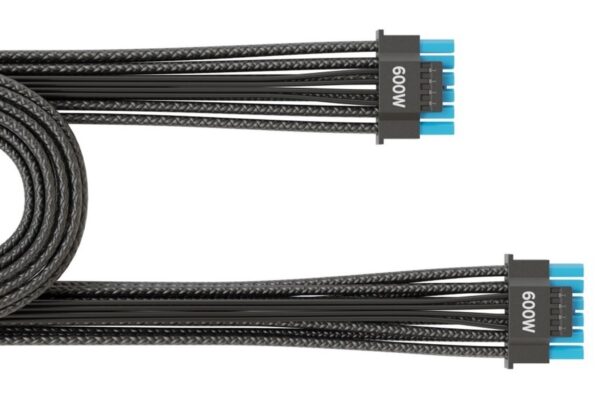
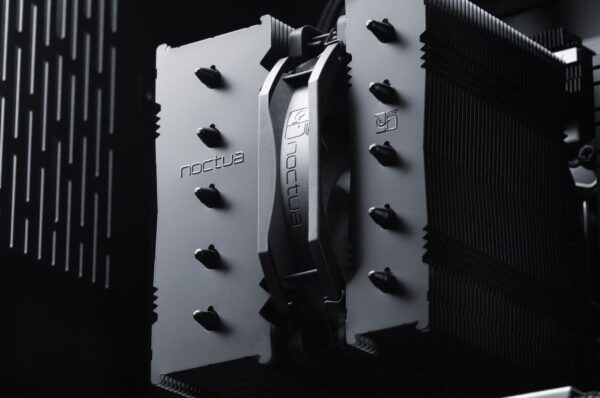
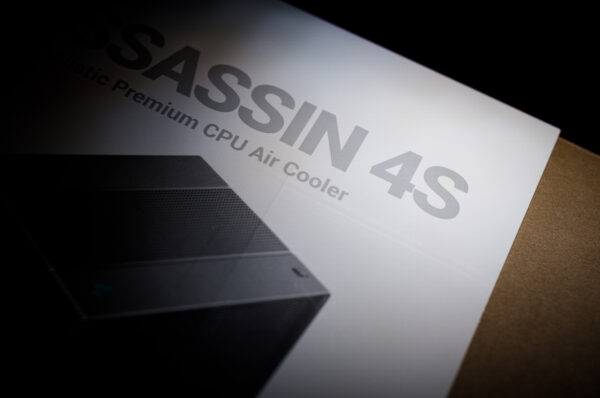

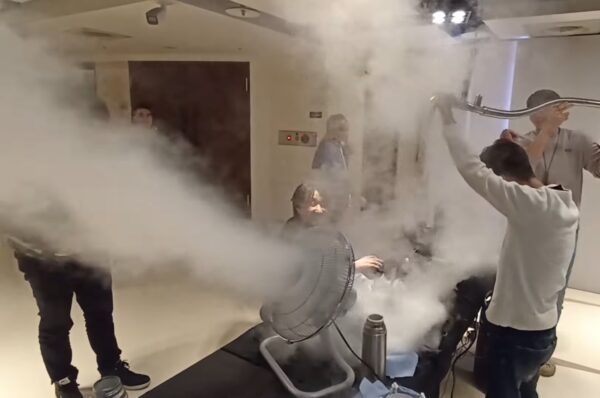
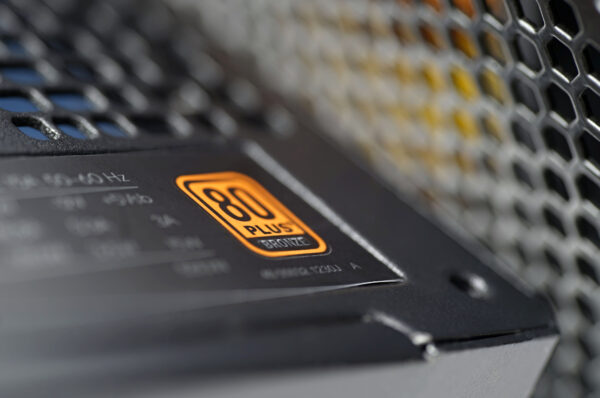
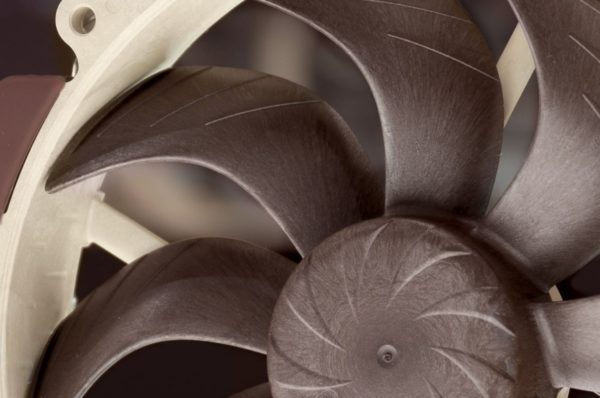
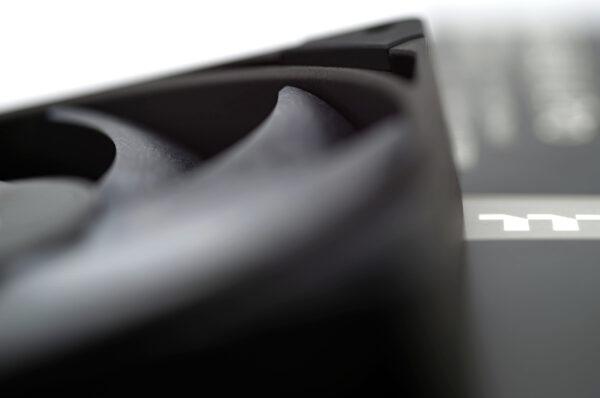
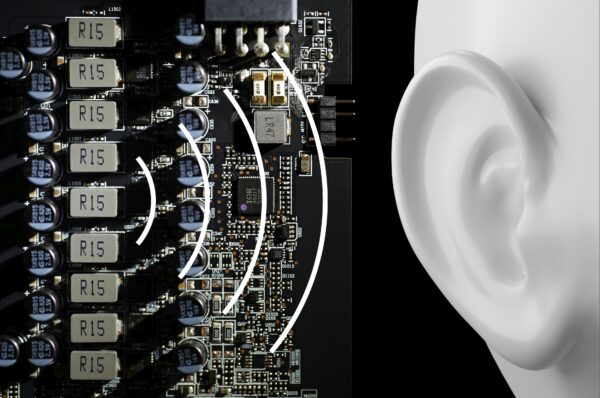
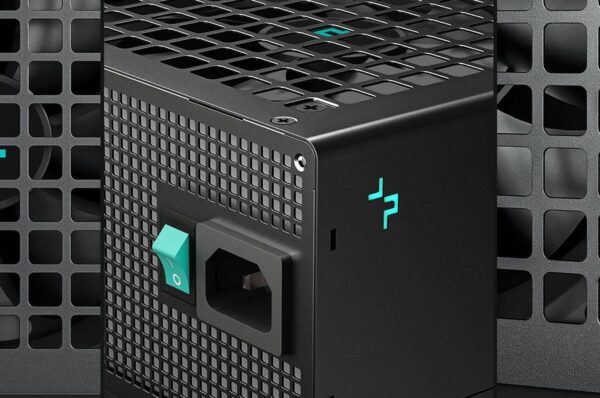
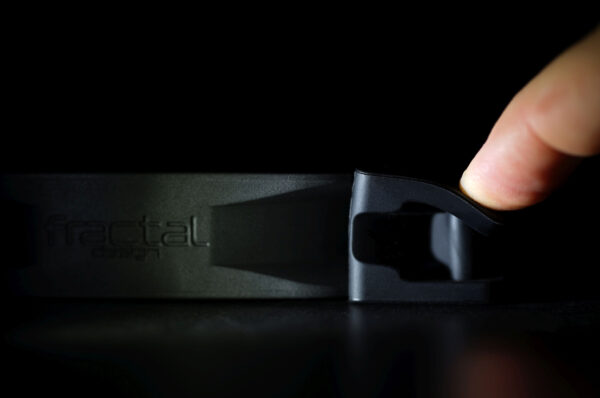
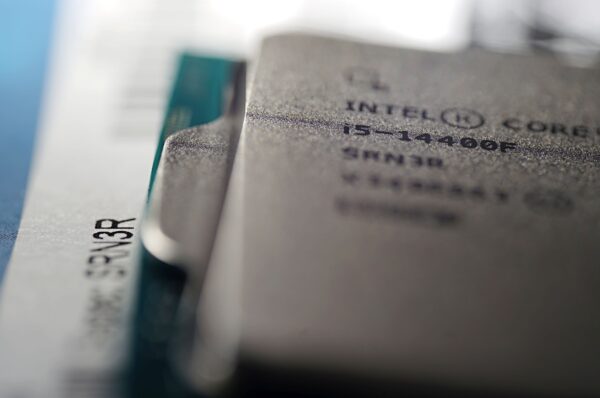
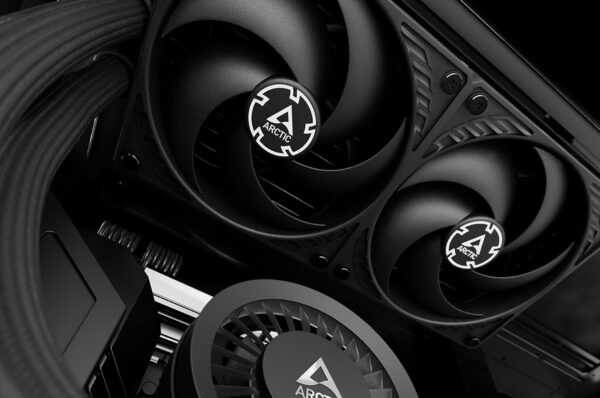
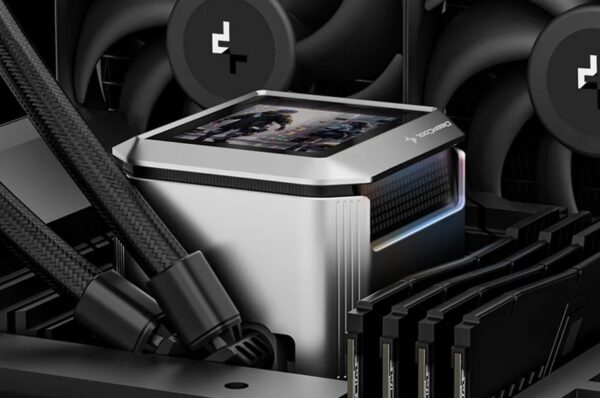
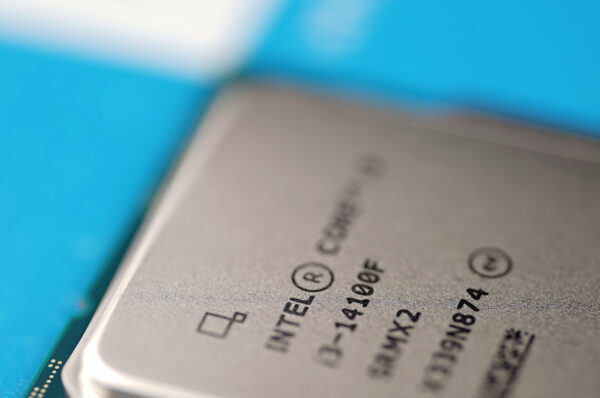



Latest comments